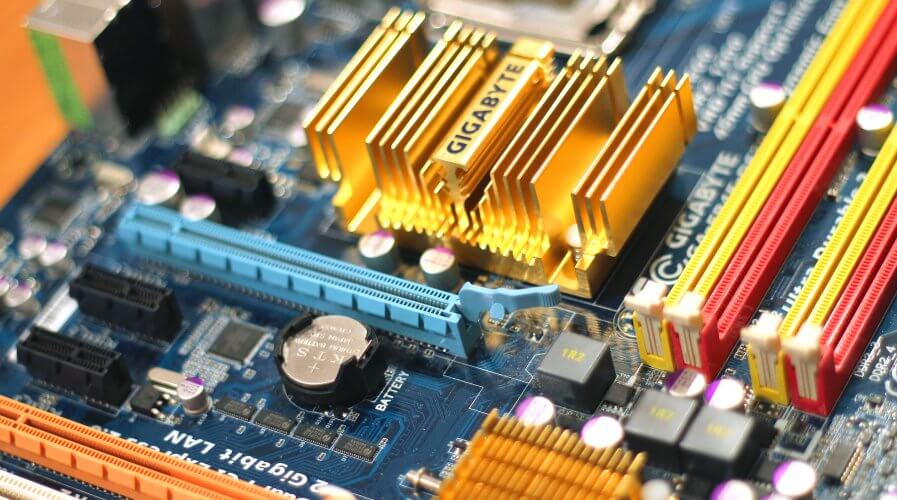
Data is captured from sensors, but what happens next is magic | Source: Pexels
The 2-minute guide to big, smart and fast data for SMEs
WE LIVE in a world filled with sensors and tools that capture, store, and exchange data about the people, places, and things around us. The rise of the Internet of Things (IoT) has made this even better.
It’s not just data about the 2.13 billion monthly active Facebook users or the 1.5 billion monthly active Youtube users, but real-world data about cars braking and accelerating, traffic signals and road congestion, medical procedures, and a whole host of other things.
All of it, every bit and byte of it, is stored – in different systems and environments depending on the need and purpose that data will serve. It’s what your tech team would call the big data infrastructure.
To build that infrastructure, the team would ideally use frameworks such as Hadoop, Spark, Kafka, and Cassandra, and programming languages such Java, Scala, Python, and R.
If you look around you, everything and everybody uses big data today. Whether it is the shopping cart on your favorite e-commerce site or riding in a bus in Dublin, big data is helping make life easier and better for you.
Text Classification Applications and Use Cases: https://t.co/SWhgwtk9V2 #abdsc #DataScience #BigData #TextAnalytics #NLProc #MachineLearning #AI pic.twitter.com/YywaF02dK2
— Kirk Borne (@KirkDBorne) February 22, 2018
Now, it’s important to understand that not all big data is the same.
If you need to run analytics on your data to be able to make sense of what’s happening, you need smart data.
For example, seeing how long it takes for people to walk from the east wing of the hospital to the west wing, and reading a bunch of productivity metrics for nurses isn’t going to yield any results unless you can find a way to solve the problem. Maybe identify patterns to group the nurses and divide their responsibilities.
On the other hand, if you need to understand your data in real-time, you need fast data.
Need to keep an eye on the billions of social media posts every day to see if they’re talking about your brand, or have to factor in a couple hundred data points affecting your portfolio to make informed decisions about what stocks to buy, sell, and hold, you need fast data.
Now, if you’re an SME, here are some things you can do with big, smart, and fast data:
Your new website can track everything that users do on your site, like what parts of your site they stay the longest and how they use their cursor on different kinds of pages. To store this information, you can use big data.
Once you’ve received an order, you can use fast data to manage the packaging and dispatch of the order using smart data. Doing so will help you optimize how you run your processes.
Finally, you can use fast data to help your customers track their packages while suggesting, in real-time, what else they’ll need to buy in order to use what’s coming to them. Like advising them that they’ll need an adapter to use their new laptop in the country they’ve ordered it from.
At the end of the day, big, fast, and smart data aren’t a “good to have” capability, they’re a necessity. So, plan accordingly and gain an edge in the market while you still can.
READ MORE
- 3 Steps to Successfully Automate Copilot for Microsoft 365 Implementation
- Trustworthy AI – the Promise of Enterprise-Friendly Generative Machine Learning with Dell and NVIDIA
- Strategies for Democratizing GenAI
- The criticality of endpoint management in cybersecurity and operations
- Ethical AI: The renewed importance of safeguarding data and customer privacy in Generative AI applications


